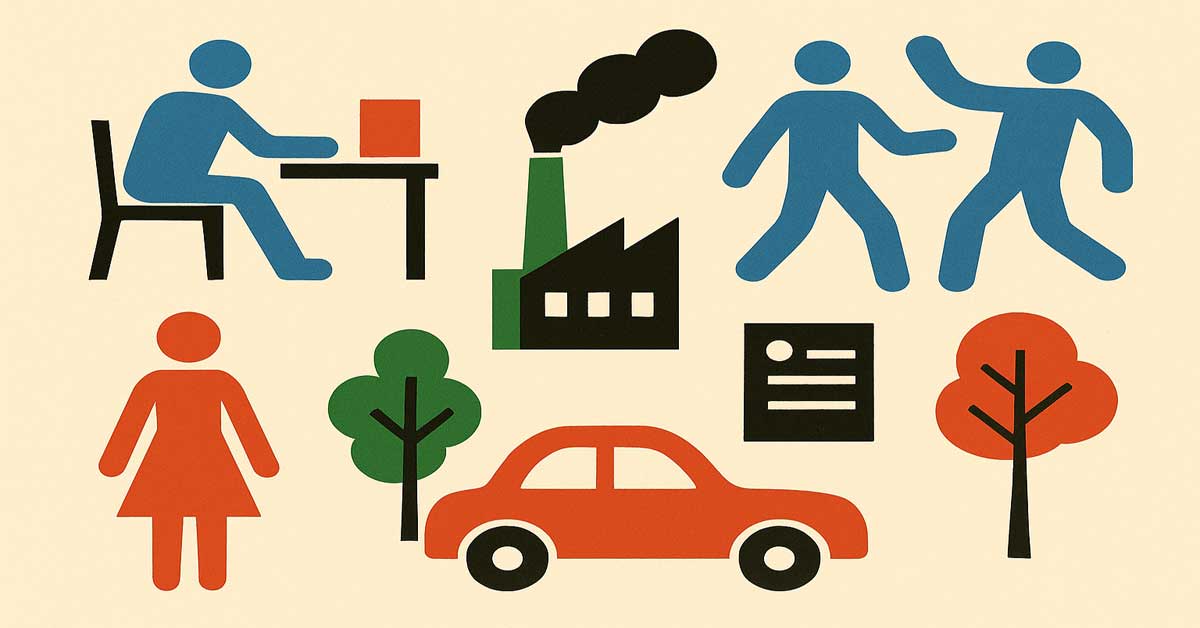

28 October 2025  The Power of PicturesWhen Otto Neurath introduced his pictorial system in 1920s Vienna, he set out to make knowledge accessible to everyone — regardless of education or language. His "Isotype" (International System of Typographic Picture Education) used simplified symbols to visualize complex social and economic data. What began as a tool for public education in the era of "Red Vienna" became a model for visual communication that continues to influence design, data visualization, and art today.The upcoming exhibition "Knowledge for All. ISOTYPE – the Picture Language from Vienna" at the Wien Museum (6 November 2025 – 5 April 2026) sheds light on this remarkable experiment in visual democracy — from its origins in the 1920s to its echoes in today's global culture. From Philosophy to Picture LanguageOtto Neurath (1882–1945) was not a designer by trade but a social scientist and philosopher. A leading figure in the Vienna Circle, he believed in "logical empiricism" — the idea that knowledge should be based on facts and reason. But Neurath also saw that logic alone was not enough to reach the public. Together with artist Gerd Arntz and designer Marie Reidemeister (later Marie Neurath), he created a new visual method that replaced abstract numbers and jargon with clear, repeatable images.Neurath's motto, "Words divide, pictures unite," expressed his belief that images could transcend linguistic barriers. His "pictorial statistics" aimed to educate workers, schoolchildren, and citizens about social realities — production, housing, health, and economics — to encourage understanding and participation in democracy. A Universal Visual SystemIsotypes turned statistical data into a universal visual grammar. Instead of bars or pie charts, quantities were shown through repeated icons — for example, ten identical human figures instead of one larger one. This made information not only readable but also comparable and emotionally engaging.What began in Vienna's Gesellschafts- und Wirtschaftsmuseum soon spread to cities like Moscow and London, adapting to various political and educational contexts. In exile in the Netherlands and later in England, Otto and Marie Neurath refined the system and published educational materials for children and adults. Marie Neurath's postwar work even extended to visual education projects in Africa, demonstrating the global reach of the idea. Continuing Influence on Art and DesignA century later, Isotypes remain an inspiration for artists and designers who rethink how knowledge can be visualized. The Wien Museum exhibition traces this lineage and presents contemporary artistic responses, linking modern information design with the political and educational ambitions of Neurath's time.Image: Artful reinterpretation of Isotype-style symbols showing figures, trees, cars, and factories in minimalist shapes and colors — a homage to Otto Neurath’s pictorial system. Photo: © Fashion.at — AI-generated with ChatGPT. |